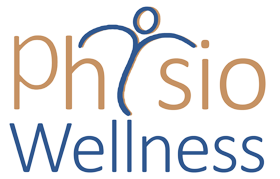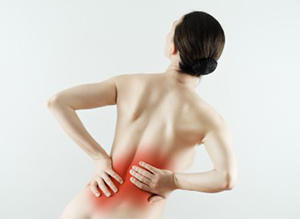Posterior Facet Syndrome
The facets are protrusions that extend from the back of the vertebrae and form a joint (facet joint) with the vertebrae both above and below. The facets of the vertebrae are joined by connective tissue called ligaments and add to the cushioning and strength of the joints, similar to the cartilage between the discs of the vertebrae. When the spine is functioning normally, the facets' only function is to guide or support the spine, any weight bearing is the job of the vertebrae and the disc. This causes the facets to begin to bear some of the weight which should be borne by the vertebrae and the discs. The resulting abnormal pressure, compresses the facets leading to inflammation of the tissues and nerves and often a tearing of the facet ligaments as well as a degeneration of the facets referred to as Posterior Facet Syndrome ("PFS") or Posterior Facet Arthrosis. The facet joints are integral structures in the spinal column that are responsible for stabilizing the neck and back while allowing for flexion, extension and the ability to pivot and rotate. Posterior Facet Syndrome is a condition that is linked to the degeneration of the spine and is often the cause of chronic neck or back pain. This condition is most frequently associated with the regular aging process and is typically experienced later in life.
Cause or Possible Risk Factors
- A severe acute episode of PFS pain may be due to sudden, aberrant, movement, which traumatises the joint such as the classic lifting injury as a result of poor core stability. More commonly, PFS is chronic with the underlying cause due to long term changes in the joint that are often again associated with poor core stability, wear and tear, and poor posture.
- Motions that require repeated extensions (bending over with straight legs, driving with the seat far from the wheel, or standing in one position too long) will overload the facet joints and cause inflammation, swelling and pain
- Aging
- Scoliosis and joint instability
- It is most commonly observed in individuals who have some abnormal stress on the facet joints caused by degenerative disc disease
Symptoms
- Back pain, with or without tenderness, which can radiate from the back down to the buttocks and into the thighs
- Back pain just to one side of the spine
- Irritation of the nerve roots, which emerge from the spinal cord at the level of the problem, causing pain to refer to the buttock, groin or hamstring region
- Pain and tenderness radiating from the back down into the thighs
- Pain can also extend up into the neck region
For more information on the conditions we treat and services we offer, or to book an appointment please call us on 416 489 5313 (Finch) / 416 604 4404 (Jane) or email us at info@physiowell.ca.














